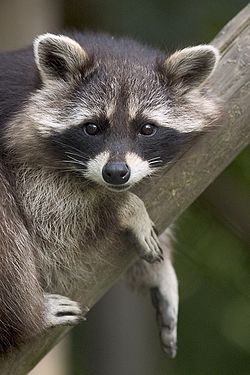This is a list of nocturnal animals and groups of animals. There is also a more specific list of nocturnal birds.
Contents

This is a list of nocturnal animals and groups of animals. There is also a more specific list of nocturnal birds.

Most African elephants are diurnal though some herds who live near human populations have become mostly nocturnal to avoid human interactions.